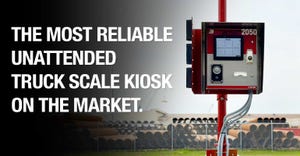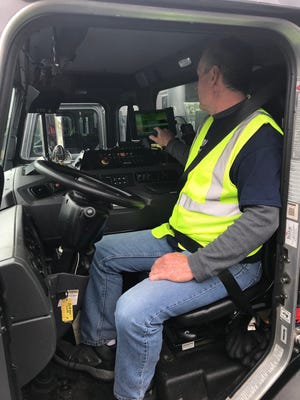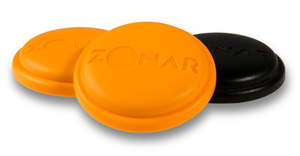The Camera Eye
October 1, 2006
Bruce A. Hooker R.F. Mattei & Associates of CA Insurance Services Sacramento, Calif.
Despite the safety efforts implemented by most waste companies, vehicle accidents are still a reality of the industry. Sometimes the mishaps are the fault of the waste truck driver, while other times the blame lies with the other party. Often, who is at fault is the subject of dispute. Furthermore, damage that appears minor at the time of the wreck often can lead to large liability claims against the waste company at a later date.
Fed up with being assigned blame for accidents that were not the fault of their drivers and with small claims ballooning into large ones, waste companies are becoming savvier at gathering scene evidence. It is important that a waste truck driver gather as much information and evidence as circumstances allow. This information will be crucial to mounting an effective defense against potential liability claims.
Accident scene photography is a useful tool in gathering evidence, and more waste companies are placing disposable cameras in their vehicles for this purpose. In addition to documenting the physical aspects of the scene, photos also help the driver recall the details of what he or she saw. It is important to remember that photos taken at the scene are evidence, and that the quality of the evidence will depend on taking the correct photos.
Keep several points in mind when photo documenting accidents:
Use the entire roll of film.
Photograph the final position (resting place) of the vehicles before they are moved. If they are moved before they can be photographed, mark their positions with chalk or tape, if possible.
Shoot all involved vehicles from all four sides. Keeping the same distance from the vehicle, take photos from all four sides, beginning at the front of the vehicle. Going clockwise, photograph the front, right side, rear and left side, paying special attention to any areas of impact.
Photograph the point of impact. This may correspond to the final position of the vehicles, or it may be some distance from that point.
Shoot close-ups of accident details. This includes skid marks, tire marks, worn or damaged tires, and vehicle license plates. This also includes any oil, water or gasoline spills.
Photograph the overall view of the scene. Photos should include traffic control devices (lights, signs, railroad crossing, etc.), construction work, pavement conditions, visibility obstructions and weather conditions.
Shoot questionable items within the other vehicle. This would include instrument readings, control positions, alcoholic beverage containers and any other unusual articles.
DO NOT photograph injured victims or rescue operations.
You May Also Like


